Caring Patients with Parkinson's disease
Patients with Parkinson's disease suffer from hand tremor, rigidity of joints, slow movement, and walking instability, which affect their daily lives, and can even lead to depression. Carers should help patients maximize their self-care abilities by giving appropriate assistance rather than do everything for them. Otherwise, their functional mobility and self-care abilities would deteriorate faster due to lack of practice. Carers can teach the patients some adaptive skills, select suitable assistive devices and provide guidance and encouragement patiently to assist patients in maintaining and enhancing their self-care ability.
Since patients have different levels of impairment in terms of functional mobility and self-care, carers can apply the following caring skills according to individual needs.
Tips for Daily Living
Feeding
|
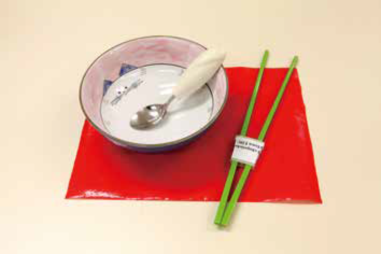 Diagram 1 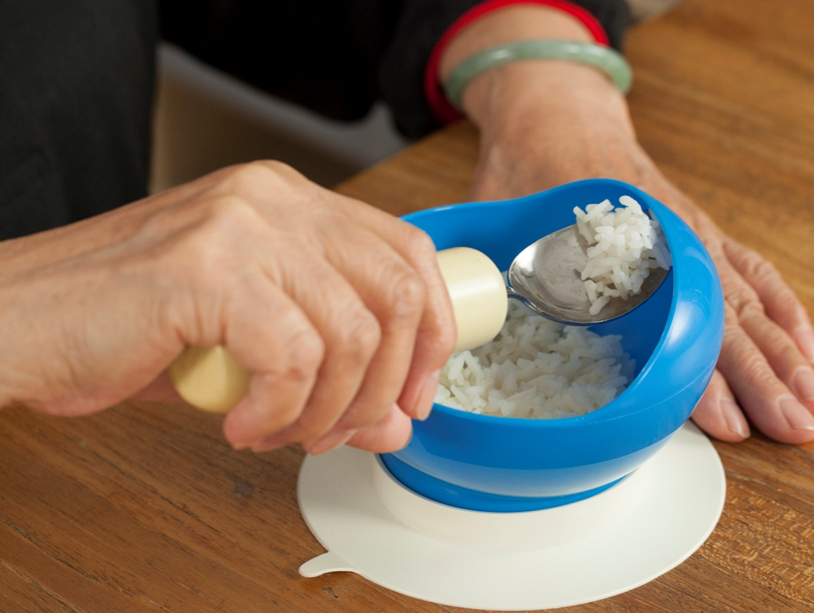 Diagram 2 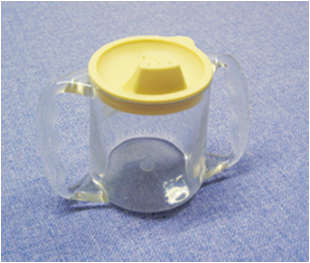 Diagram 3 |
Grooming and Dressing
|
 Diagram 4 |
Transfer and Walking
|
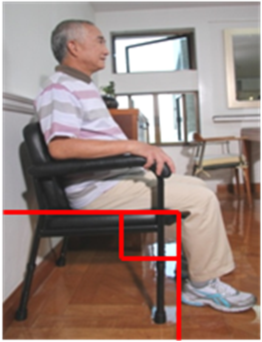 Diagram 5 |
Toileting and Bathing
|
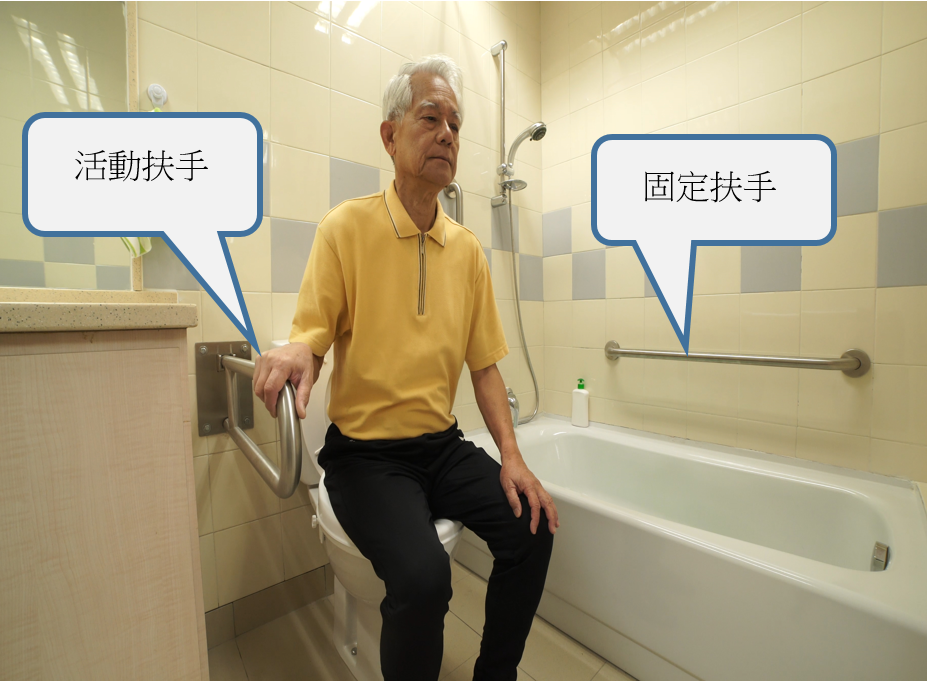 Diagram 6 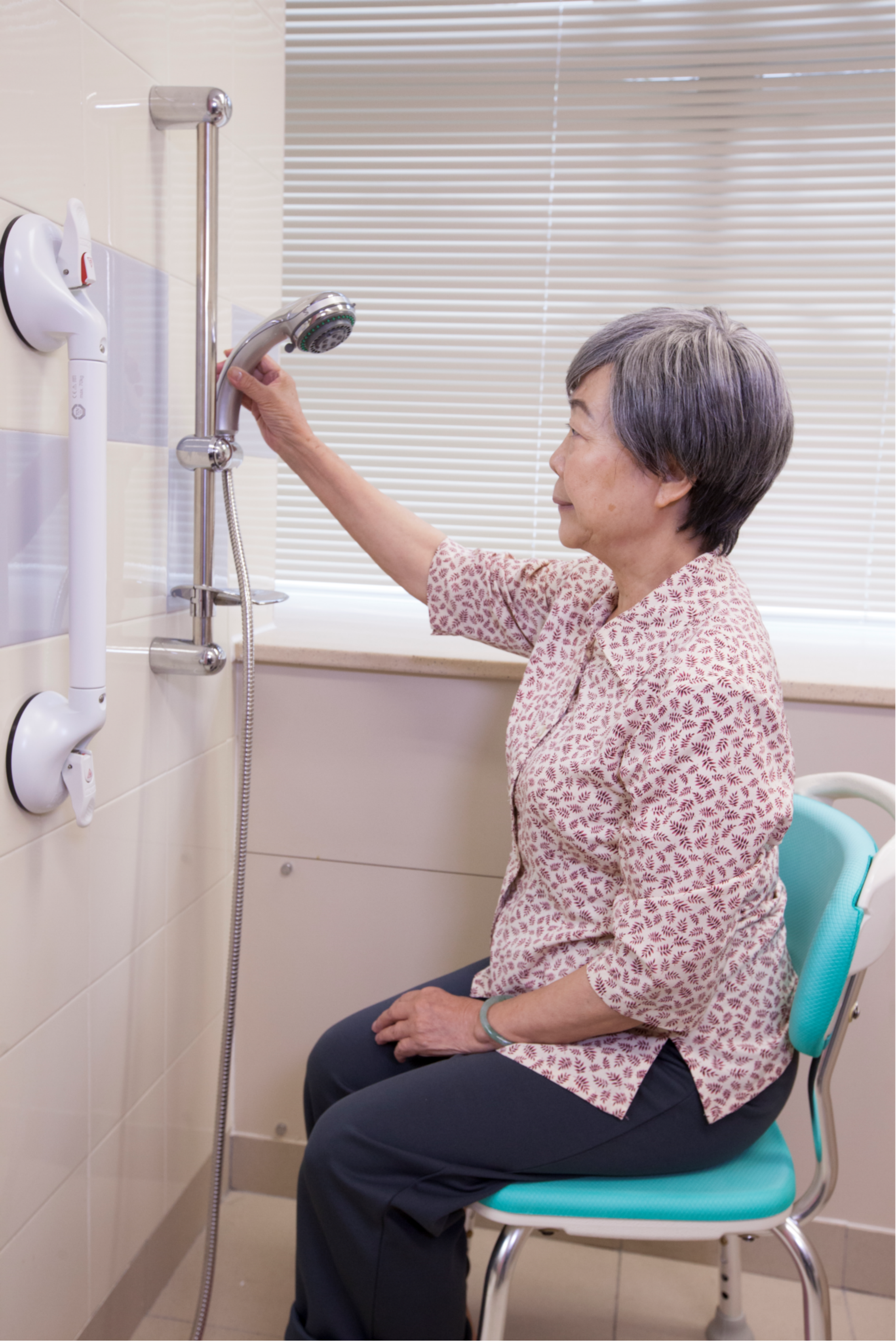 Diagram 7 |
Home environment
- To prevent falls - Keep the passageway clear of unnecessary items to allow enough space for turning and use of walking aid. Loose wires should be fixed against the wall. Ensure the floor is flat and dry to prevent falls. Ensure adequate lighting. Corridor and bedside lights facilitate going to the toilet at night time. Place non-slip mats at the kitchen and bathroom entrance. Label door thresholds with non-slip sharp coloured strips to alert the patient.
- To prevent accident - Install and carry an Emergency Alarm System if patient is living alone.
Communication skills
Use communication skills - Reduce background noise. Sit face-to-face with patient. Keep good eye contact and listen attentively. Ask simple questions to guide conversation. Encourage patients to speak slowly and to use simple words or phrases and body gestures to facilitate communication e.g. nodding to represent "yes". If patients experience much difficulty with speaking, writing or drawing pictures on cards can help.
Mental Health
Prevent of Depression - Patients are more prone to depression. Therefore reassurance and support from family members and caregivers are very important. Watch for any change in emotion or behavior for early detection of depression.
Prevention of complications (For bed-ridden patients)
- To prevent bedsores - Keep the skin clean and dry. Observe the skin condition of pressure areas for any signs of bedsores such as redness and ulcers. Change patient's position at least every 2 hours to avoid prolonged pressure on bony prominences. Avoid placing heavy objects on the limbs. Encourage the patient to perform appropriate exercises.
- To prevent chest infection - Patients usually have difficulty in coughing and spitting. Encourage patients to increase water intake, daily activities, sit up during meal times and improve their immunity. Perform deep breathing and coughing exercises can help to reduce the chance of developing a chest infection.
